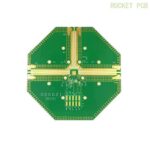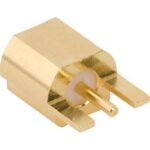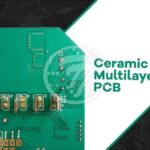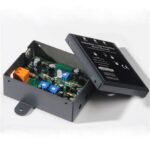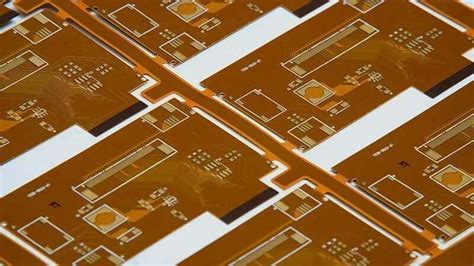
ALL ABOUT FLEX PCB
-
 Read more: Flexible PCBs – How to Choose the Right Material For Your Needs
Read more: Flexible PCBs – How to Choose the Right Material For Your NeedsUnderstanding Flexible PCB Materials Flexible PCBs are typically made from a combination of a flexible polymer substrate and conductive traces. The most common materials used for the substrate include: Polyimide (PI) Polyester (PET) Flexible Copper Clad Laminate (FCCL) Liquid Crystal Polymer (LCP) Each material has its own unique properties, advantages, […]
-
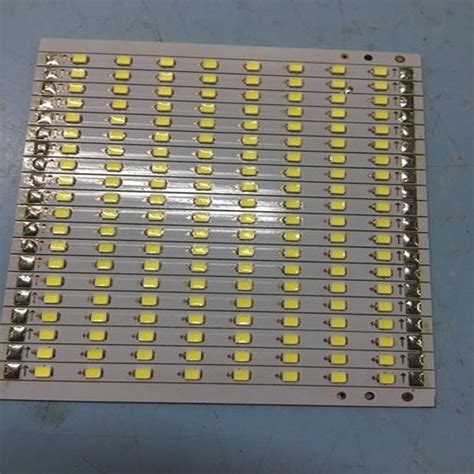 Read more: 7 Ways To Prevent The Case of Failing Custom LED PCB Assembly
Read more: 7 Ways To Prevent The Case of Failing Custom LED PCB AssemblyIntroduction Custom LED PCB Assembly is a complex process that requires careful planning, attention to detail, and adherence to best practices to ensure success. Failing to properly execute any step in the assembly process can lead to costly delays, defects, and even complete failure of the final product. In this […]
-
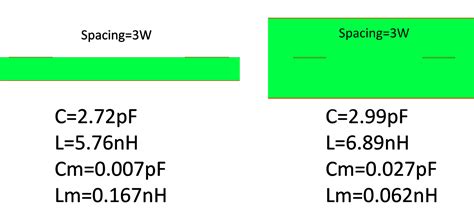 Read more: Stripline vs. Microstrip: A Comparison Between High-Frequency Signal Transmission Lines
Read more: Stripline vs. Microstrip: A Comparison Between High-Frequency Signal Transmission LinesIntroduction to Stripline and Microstrip Stripline and microstrip are two popular types of transmission lines used for high-frequency signal transmission in electronic circuits. Both have their unique characteristics, advantages, and disadvantages, making them suitable for different applications. In this article, we will dive deep into the comparison between stripline and […]
-
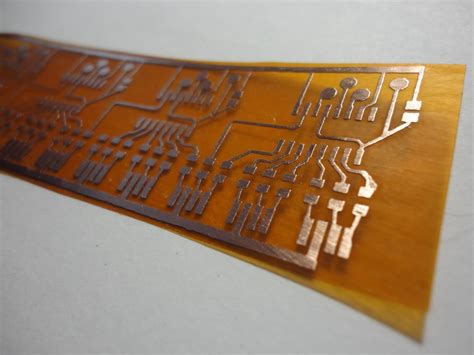 Read more: How to Deal With Flexible PCB Opportunities and Challenges
Read more: How to Deal With Flexible PCB Opportunities and ChallengesIntroduction to Flexible PCBs Flexible PCBs, also known as flex circuits, have gained significant popularity in recent years due to their versatility and ability to conform to various shapes and sizes. These circuits are made from flexible materials, such as polyimide or polyester, which allow them to bend, twist, and […]
-
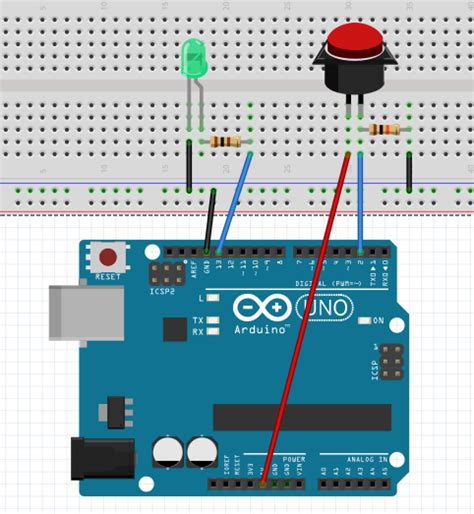 Read more: Arduino Serial Monitor: Everything You Need to Know
Read more: Arduino Serial Monitor: Everything You Need to KnowWhat is the Arduino Serial Monitor? The Arduino Serial Monitor is a built-in feature of the Arduino IDE (Integrated Development Environment) that allows you to communicate with your Arduino board using a serial connection. It provides a way to send and receive data between your computer and the Arduino board, […]
-
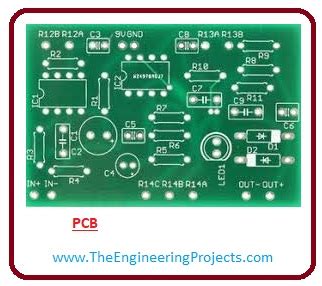 Read more: Breadboard vs. PCB: Which is Better For Your Projects?
Read more: Breadboard vs. PCB: Which is Better For Your Projects?What is a Breadboard? A breadboard is a reusable prototyping board used for building and testing electronic circuits without the need for soldering. It consists of a plastic board with a grid of holes, into which electronic components and jumper wires can be inserted to create temporary connections. Advantages of […]
-
7812 Pinout: An in-depth Guide
Posted by
–
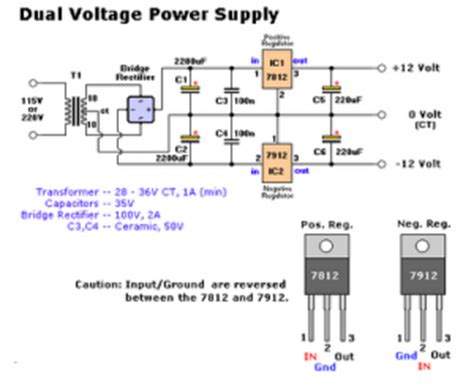 Read more: 7812 Pinout: An in-depth Guide
Read more: 7812 Pinout: An in-depth GuideIntroduction to the 7812 Voltage Regulator The 7812 is a member of the 78xx series of fixed linear voltage regulator ICs. These regulators are designed to provide a constant positive output voltage with built-in current limiting, thermal shutdown, and safe operating area protection. The 7812 specifically outputs a fixed +12V […]
-
What You Need to Know about First Order Circuits
Posted by
–
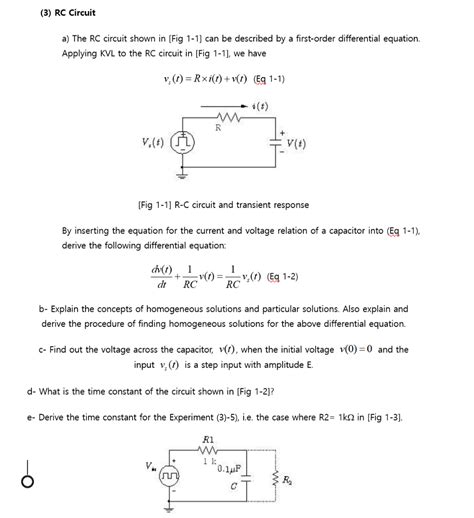 Read more: What You Need to Know about First Order Circuits
Read more: What You Need to Know about First Order CircuitsWhat are First-Order Circuits? First-order circuits are electrical networks that contain only one energy storage element, either a capacitor or an inductor. These circuits are called “first-order” because their behavior can be described by a first-order differential equation. The presence of a single energy storage element gives first-order circuits unique […]
-
Rogers PCB: Everything You Should Know About It
Posted by
–
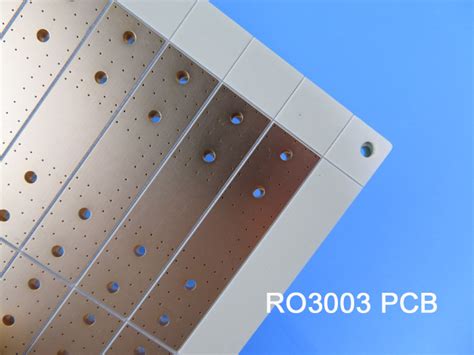 Read more: Rogers PCB: Everything You Should Know About It
Read more: Rogers PCB: Everything You Should Know About ItWhat is Rogers PCB? Rogers PCB, also known as Rogers Printed Circuit Board, is a high-performance substrate material used in the manufacturing of printed circuit boards (PCBs). These PCBs are specifically designed to cater to high-frequency and high-speed applications, such as telecommunications, aerospace, defense, and medical industries. Rogers Corporation, the […]
-
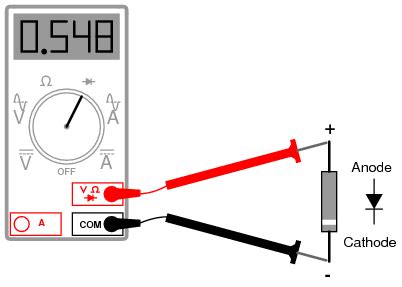 Read more: Diode Test: The Different Techniques Based on the Type of Diode
Read more: Diode Test: The Different Techniques Based on the Type of DiodeTable of Contents Introduction to Diodes Diode Testing Equipment Testing Regular Diodes Forward Bias Test Reverse Bias Test Testing Zener Diodes Forward Bias Test for Zener Diodes Reverse Bias Test for Zener Diodes Testing Light Emitting Diodes (LEDs) Testing Schottky Diodes Testing Varactor Diodes Diode Testing in Circuits In-Circuit Diode […]
